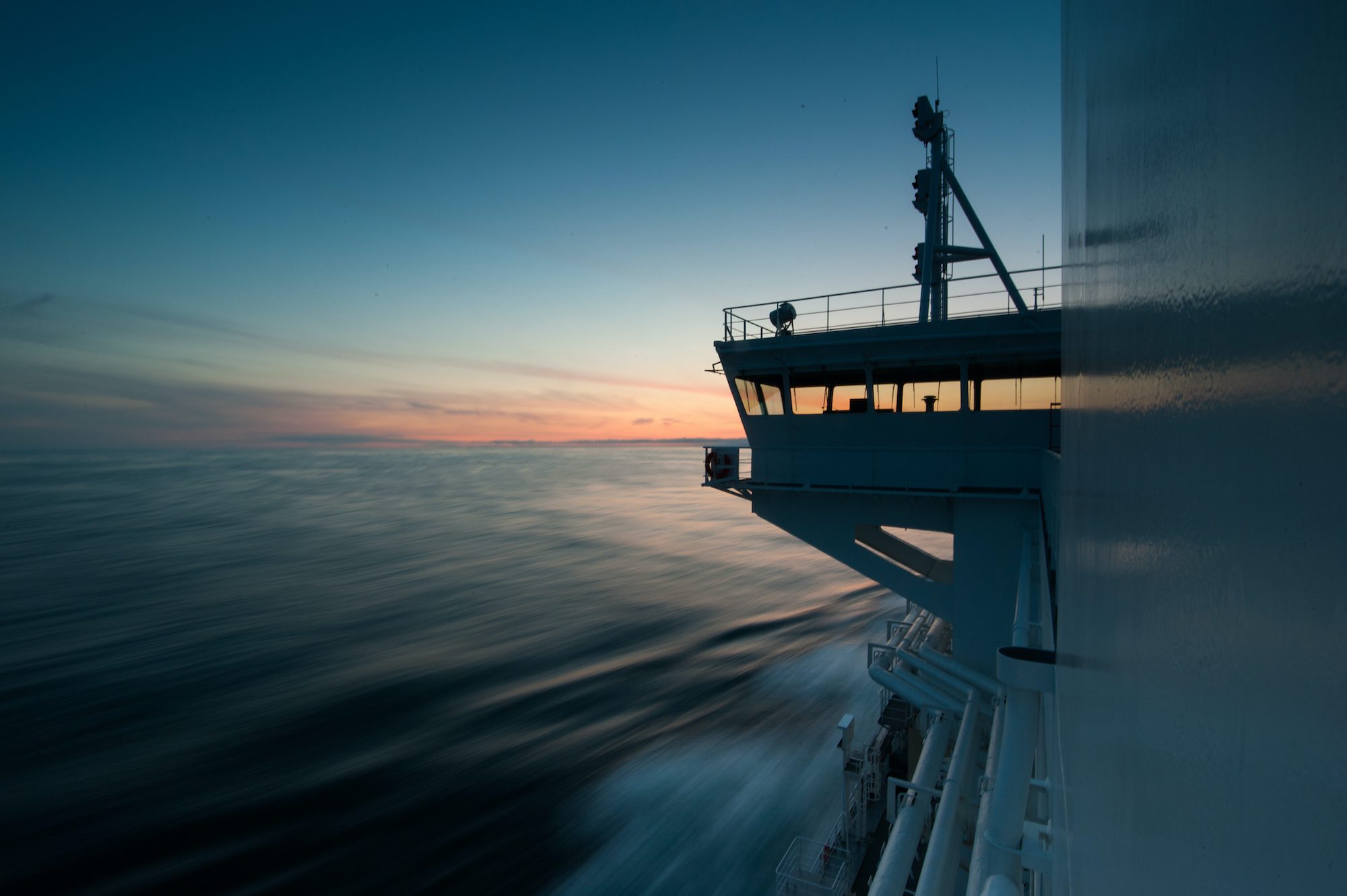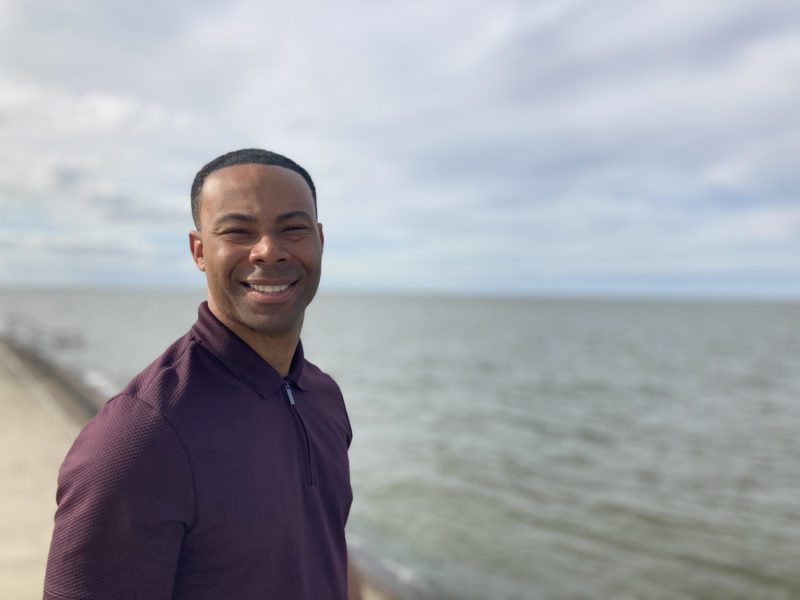Russia Fails to Win Back Seat on IMO Shipping Agency’s Governing Council
Russia failed on Friday to win enough votes to rejoin the U.N. shipping agency's governing council despite urging countries to back its nomination for a seat it lost in 2023.

While the benefits of cultivating workplace diversity are tangible, the obstacles to doing so are less obvious and more important, and some kinds of companies are poised to get ahead faster
By David S. Lewis
As we enter the final days of 2021, the challenges faced by the maritime industry are manifold, but the industry is well positioned to come out sitting pretty, according to most forecasters. Demand is high, and new thinking in tech and logistics is driving optimism as the world gets a little smaller.
One of the less-tangible drivers of that optimism is the sense that millennials in the workforce will drive innovation at a time when nearly every industry is coming to terms with decades of stagnation, particularly in tech and information networking. Strong companies that intend to grow or remain dominant industry forces are looking to millenials to gird their strengths and mitigate their weaknesses.
Recruiting such workers means fostering an environment in which millennials feel comfortable doing what they’ve been hired to do: according to the seventh annual Deloitte Millennial Survey (2018), which surveyed nearly 12,000 millennials and Generation Z-ers, industry leadership focused on improving social outcomes is tightly tied with job attractiveness.
The statistics bear this out. The McKinsey Diversity Study (also from 2018), a follow-up to its ground-breaking Why Diversity Matters survey from 2015, found companies in the top quartile for gender diversity were 21% more likely to outperform on profitability and 27% more likely to have superior value creation. Additionally, companies in the top quartile for cultural and ethnic diversity were 33% more likely to have industry-leading profitability.
It should be noted that companies which didn’t focus on diversity paid for the oversight. Those in the bottom quartile for both gender and ethnic diversity were 29% LESS likely to achieve above-average profitability.
While the report stresses that correlation isn’t necessarily causation, those statistics are striking. Diversity has become one of the tools that successful companies are attempting to incorporate into their cultures. However, simply hiring a few women and minorities isn’t enough, and in fact a superficial effort to increase diversity through recruitment can even backfire, leaving employees stressed and unable to contribute productively.
That’s because diversity alone is not enough. It must be understood that recruiting from a pool that has, for decades, been cultivated by misogynist and racist hiring practices has distorted both the available pool of human resources and also created a tense work environment for those hires motivated, or seemingly motivated, by surface-level attempts to “diversify.”
“While it is important for the industry to expand recruitment beyond their current pipelines, they need to seriously address why numbers of women and marginalized groups are low. Companies cannot expect to be diverse unless their culture is also inclusive,” said Ally Cedeno, founder of Women Offshore, in an e-mail interview. “They need to evaluate biases for not hiring women and marginalized groups and see how they have systematically perpetuated the retention of a homogenous workforce, acknowledging that corporate culture and vessel culture can also be very different. Unless companies keep their fingers on the pulse of culture, any recruitment efforts to diversify are guaranteed to be short lived.”
Cedeno’s career on ships in the maritime industry has been marked by hitches on two kinds of vessels: those where she was the only woman working aboard and those where she was able to connect with other female seafarers, building camaraderie and mentoring each other in a world well known to be traditionally dominated by men. Her organization aims to connect and empower female mariners to claim their rightful places at sea. The fourth-annual Women Offshore Conference, which took place online due to the pandemic, from November 5th through 12th 2021, saw over 400 women from more than 20 countries in attendance.
She says that companies that hire one or two women or minorities and then take a victory lap are exacerbating the problem, not helping.
“Companies recruit one woman and celebrate it; this is called tokenism. Tokenism is a problem in the maritime industry, contributing to sexual harassment, fear of retaliation, pressures to perform, and self-distortion, amongst other issues,” she wrote. “Going back to Rosabeth Moss Kanter’s study in 1977, gender proportions influence patterns of gender interaction. Companies must move the needle and eliminate tokenism in the maritime industry both onshore and offshore.”
Simply put, this means that in an environment with very few women making up the workforce, the imbalance of the gender dynamic will both stifle their output and cause male co-workers to consciously and unconsciously devalue their input and work, as well as placing undue pressure on the “diversity hires” to shoulder both their workload and the representation of their entire gender, race, or culture, leading to mental fatigue and burnout.
But with so few women and minorities in the recruitment pool, it can be challenging to recruit talent that also supports diversity goals. Cedeno recognizes that, and suggests it is not possible to recruit our way out of the problem the industry created and, for generations, has maintained.
“Many say that more must be done to recruit and retain mariners, but I believe in a different approach: the workforce must be developed,” she said. “Through developing careers, the workforce grows. Developing a workforce can also mean setting priorities for empowering the careers of women and minorities, thus diversifying talent for leadership, innovation and change. Increasing education infrastructure, funding development programs for entry level positions and leadership, and educating the masses through media regarding opportunities across the industry, we can broaden the workforce and develop it as a truly diverse blue economy, where the concept of relative inclusion is not even on our radar.”
Captain Robert Cook, of the Organization of Black Maritime Graduates (OBMG), agrees.
??”Diversity of thought is important. When people from different cultures and genders work together willingly it fosters new thought patterns,” he said in an interview. “[But] the example has to start from the top for people to be willing to see the value of the differences in others.”
Cook, a pilot with the Pilot’s Association of the Bay and River Delaware since 1993, is one of the modern era’s first African American river pilots. Graduating from SUNY Maritime Academy in 1980, he has long been a champion of and expert on diversity in the maritime industry. As a co-founder of the OBMG, Cook and his partners have worked to ensure a place for minorities at the maritime academies, mentoring young African Americans through the academic and professional rigors of the industry.
He offered an expansive list of methods industry leaders could use to enhance the value of their recruitment initiatives, including:
Cook notes that, while recent decades have been characterized by racial homogeneity, especially on the bridge deck, professional mariners have historically come from a diverse and international set of backgrounds and cultures, and advocates recognition of the ethnic and gender minorities that have historical and significant accomplishments, citing Captain Hugh Mulzac, the first African American to be award the command of a U.S. government ship. (Mulzac earned his Master’s license in 1918, but it wasn’t until the ravages of WWII had depleted the ranks of qualified mariners that he was given his own command. When he was told his crew would be segregated he refused the ship, saying “under no circumstances will I command a Jim Crow;” the authorities relented and the Liberty ship SS Booker T. Washington sailed with an integrated crew in 1942.)
Cook noted that effective inclusivity means representation up and down leadership. “If they can see it, they can believe it,” he wrote. “If they can see it, they can be it.”

A clear example of this commitment to visibility and mentoring is found in one of the OBMG’s recent graduates, who met with gCaptain in New Orleans. Joshua Burris, of rural Fulsom, Louisiana, graduated from SUNY Maritime Academy after spending years working for Weeks Marine on dredges other vessels and proving himself until his captain, observing his superior performance, said, “Hey, you can do one of two things: you can go get your AB or you can stay as a deckhand.”
Now Burris has earned his 3rd Mate Unlimited and is on his way to a career at sea as an officer.
“Working these last few years, I was often the only African American on the bridge deck, sometimes even in my own class,” he said. “And I would wonder, why am I the only Black man here?”
“The awareness needed to bring more diversity to the bridge is the training. A lot of guys are scared to take that leap. I’ve worked with some guys who’ve been an AB or a deckhand for 20 or 30 years. School is hard. The fear of education sometimes cripples us, hindering us from making it to the next level,” he said, adding that educational opportunities were not often promoted in his community in Fulsom, and that awareness of maritime academies and what they offered was low. Echoing Captain Cook, he said that companies that wanted to build diverse and inclusive workforces needed to reach out to the communities where those workforces lived and grew up. Burris encouraged recruiting efforts at high schools in predominantly minority neighborhoods, and said it would provide the incentive and awareness to drive students to prepare themselves for careers at sea.
Burris also noted that the lack of representation not only puts extra pressure on mariners of color and women, but also creates an atmosphere that can feel hostile or unwelcoming.
“Did I let the color of my skin dictate some of that sometimes? Of course. You go into a room with a hundred white guys and think, ‘man, am I in the right place? And it’s intimidating,’” he said. “But I learned how to embrace it. I’m doing something amazing. But, when you get on the bridge, yeah, you know you’re different, that there’s a higher expectation of you…but you get on the bridge and it’s your first job and the captain says, ‘hey, we’ve got some traffic, I needed you to do paperwork, and also I need you to make these course changes’. Who’s going to check the radar? Who’s going to be on the ECDIS? Who’s going to be plotting positions? ‘Well, YOU are.’”
He smiled.
“There’s nothing that reduces the pressure of that. If anything, we need to embrace it,” he said. “Because we’re officers. That’s what we’re trained to do. That’s what we get paid to do. It takes a special kind of person to do that. And that’s what I’ve been trained to do.”
David S. Lewis is a USCG-licensed master mariner and veteran reporter. He runs a maritime consulting and charter business in New Orleans, Louisiana.

Subscribe to gCaptain Daily and stay informed with the latest global maritime and offshore news
Essential news coupled with the finest maritime content sourced from across the globe.
Sign Up